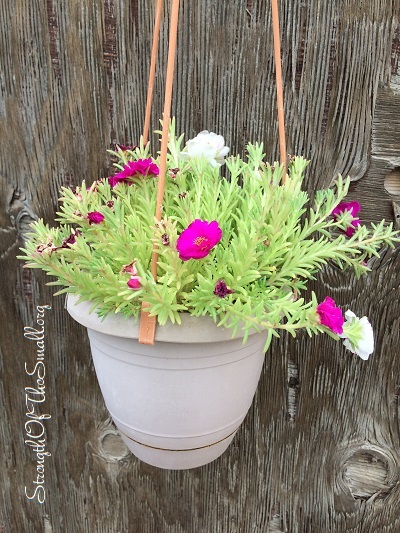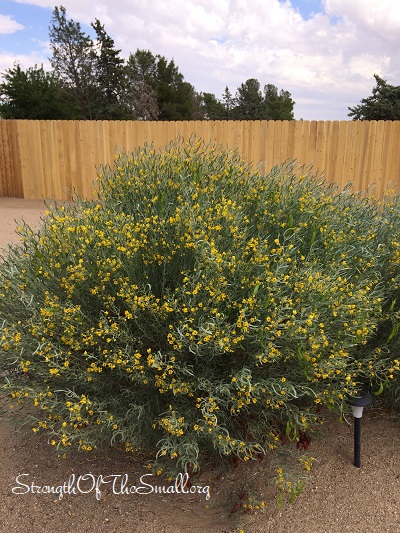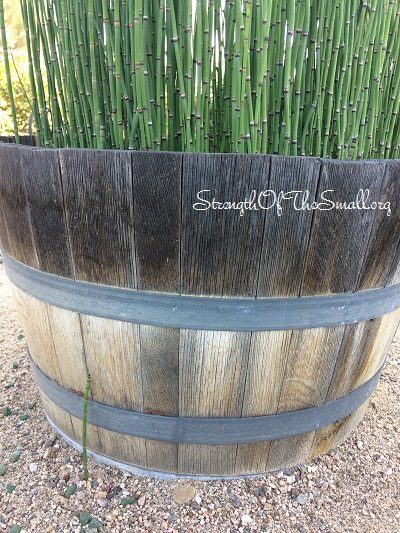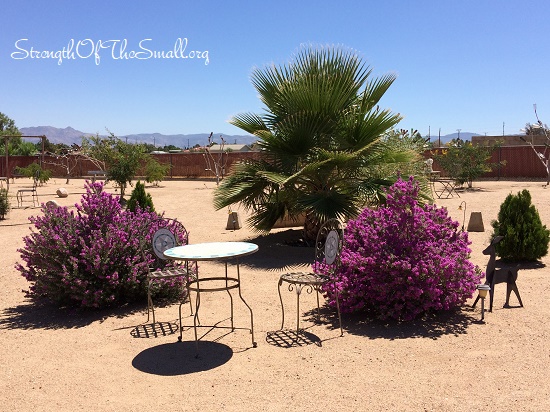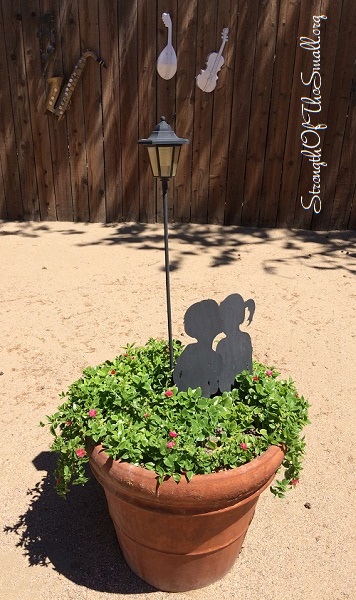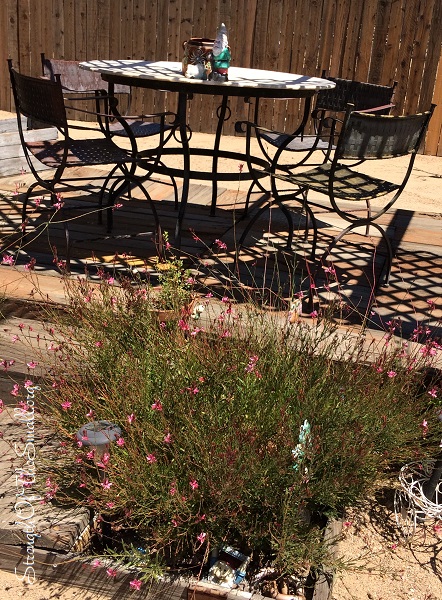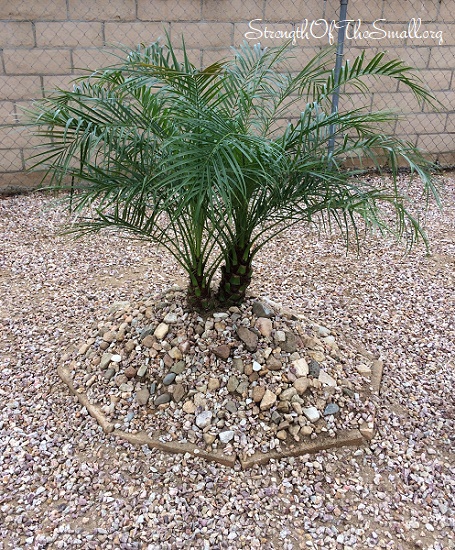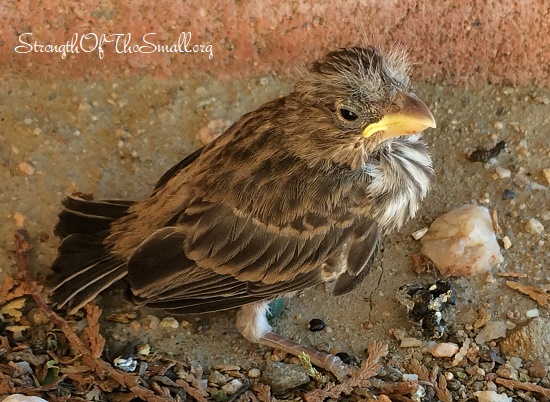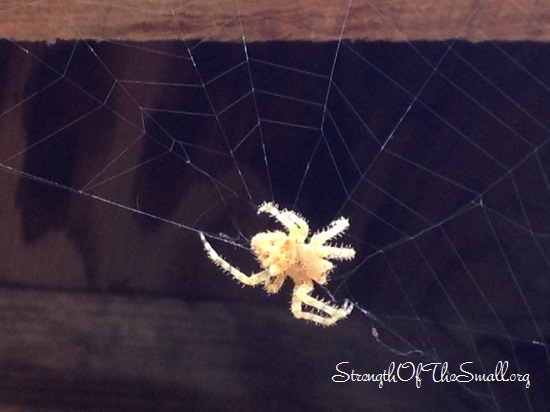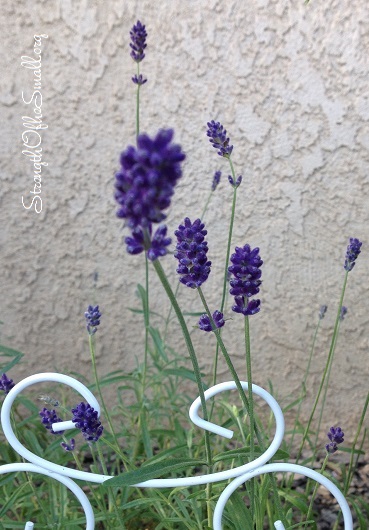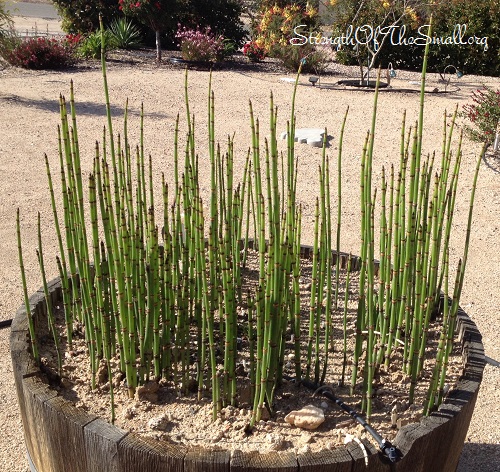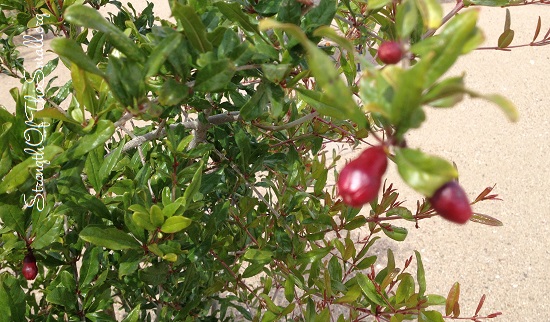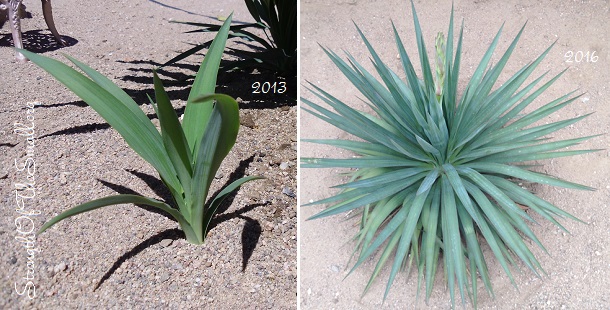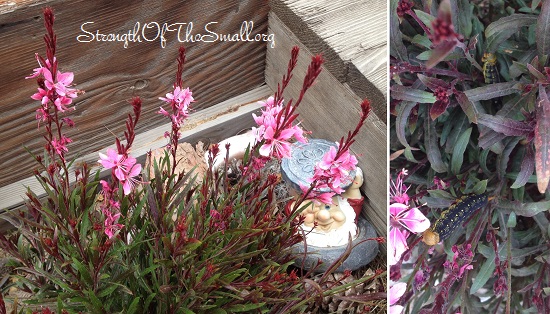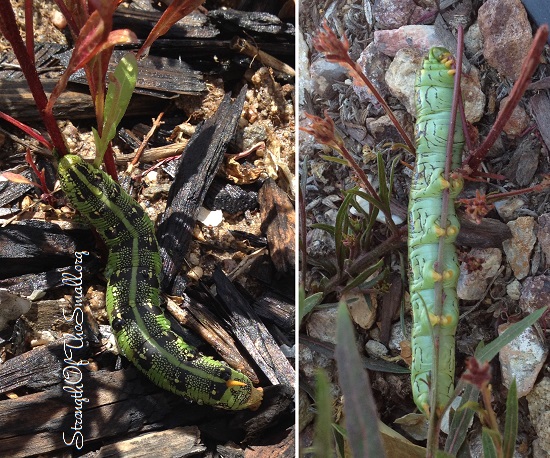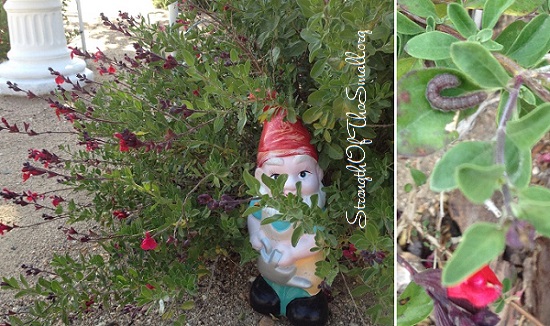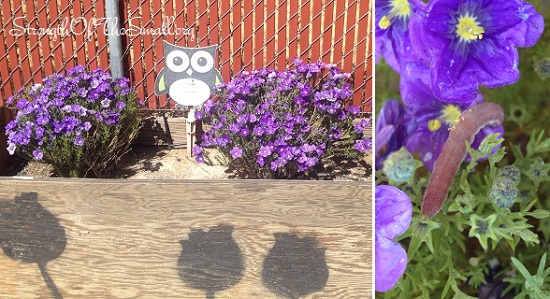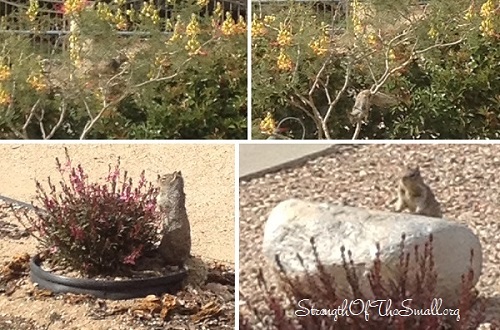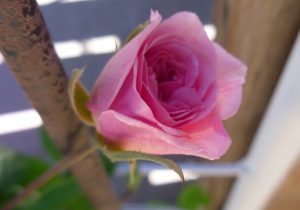We’ve had a couple of beautiful and warm days here in the High Desert. I am enjoying Thanksgiving break with my wonderful kids. They keep me busy, sane and entertained. They are both avid readers and can’t seem to get enough. My son is about to finish reading all of the thirteen novels of A Series of Unfortunate Events. My daughter is reading the Nancy Drew Diaries. All is well and we are very grateful.
We have been busy in the backyard cleaning, pruning, trimming, propagating and transplanting plants. Everyone is looking forward to rake some falling leaves; however, the Mulberry tree has been slow at dropping off its leaves, which are still green. The Navajo Globe Willow, Mimosa and Pomegranate trees have shed almost all of their leaves.
As you can see on the picture below, the left side of the backyard fence is completely done and we will start enclosing the back middle as early as next week. We are very excited and thankful for the hard work.
The Heavenly Bamboo are thriving and new shoots are appearing all around the mother plant. I am still debating about transplanting the runners. The foliage on those in my front yard have all turned dark red.
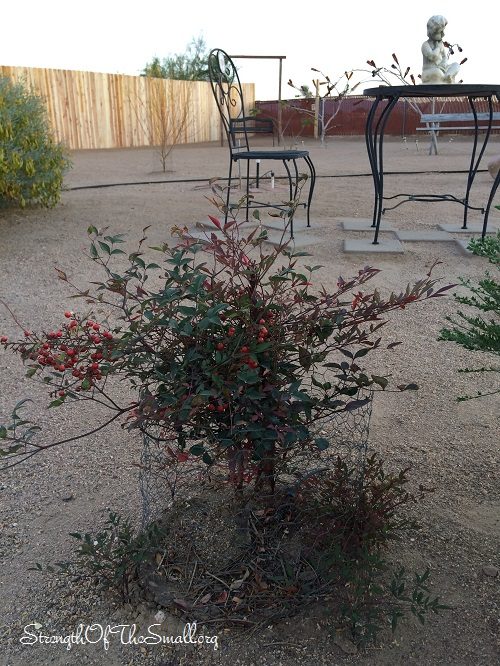
This Agave was planted two years ago as a pup and has thrived ever since. As of today, four pups to be exact have emerged from a distance to the mother plant, all attached by a thicker root. Three of the pups are growing in my property and the fourth one is in my neighbor’s yard.
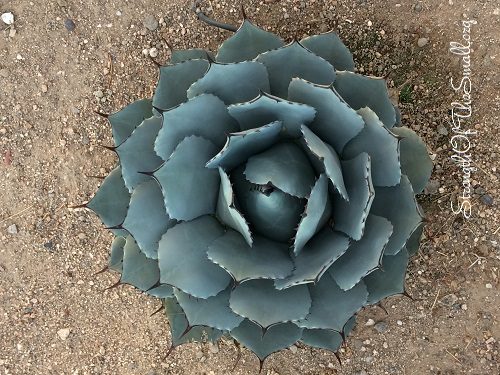
Below is the result of a Pendula Yucca I propagated from rhizomes three years ago. Two more emerged at some point, and the third has multiple trunks. In my backyard alone, I should have over thirty adults and a few new sprouts (which I often snip off to prevent the formation of new trunks). It took me almost a day to trim the plants’ sharp and spiky leaves (for this, one needs a good pair of cut resistant sleeves with thumbhole and good pruners).
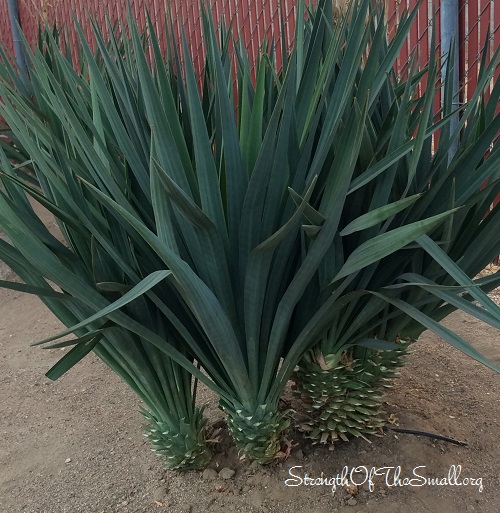
I also trimmed the Texas Sage and Scotch Broom.
I started cutting back some of my perennials, such as Gaura Lindheimeri. We pruned the Purple Leaf Cherry Plum as well as the Photinia Fraseri a while back and we will be pruning the Mulberry tree as soon as it sheds its leaves.
Yes, I am sore and it was worth it.
The garden looks a lot cleaner and the plants healthier and nicer.
